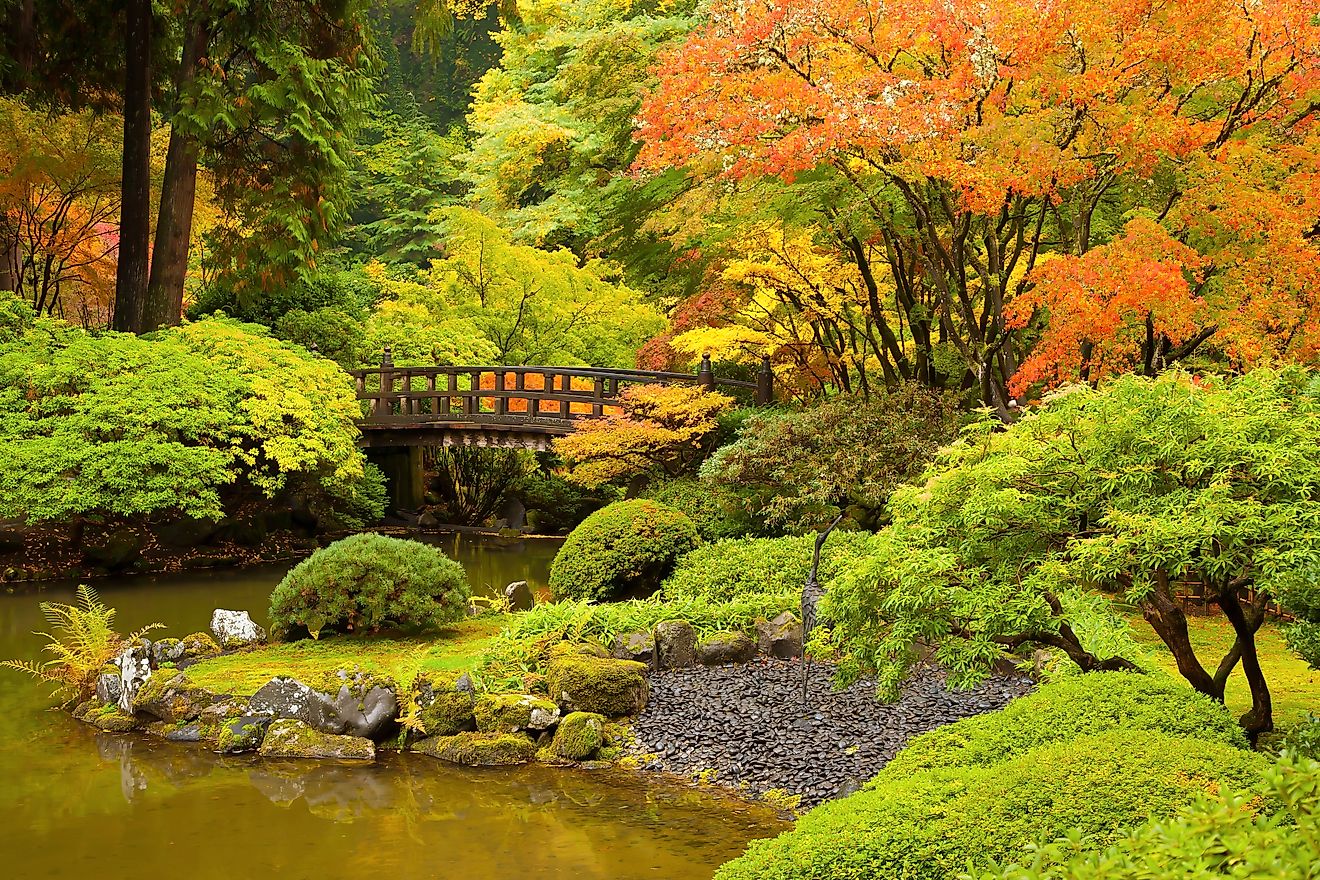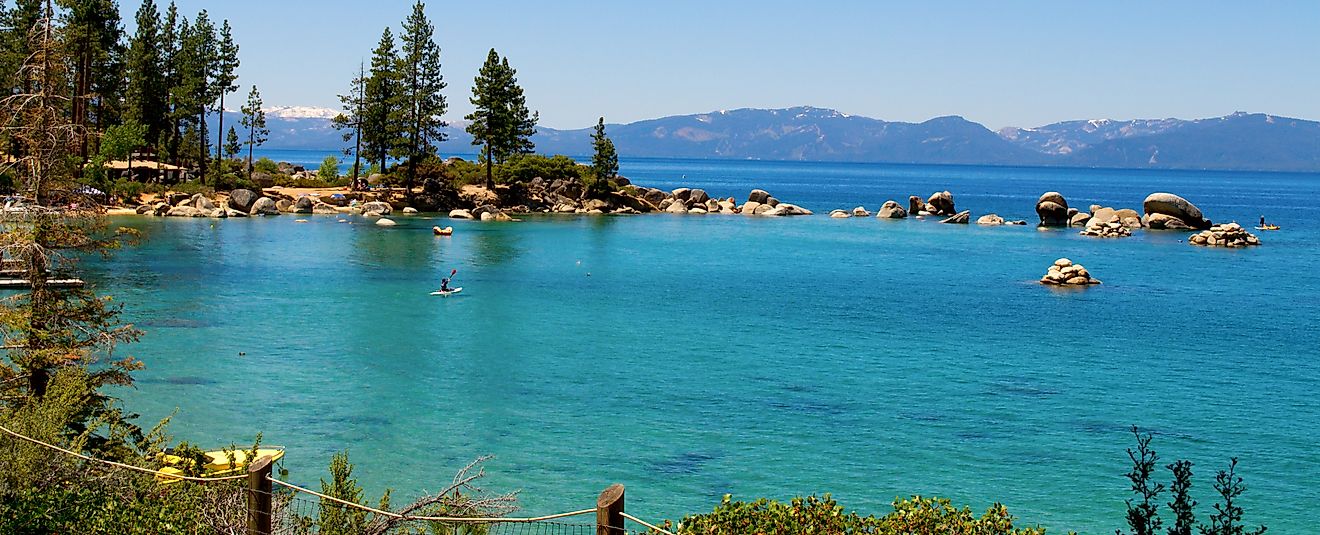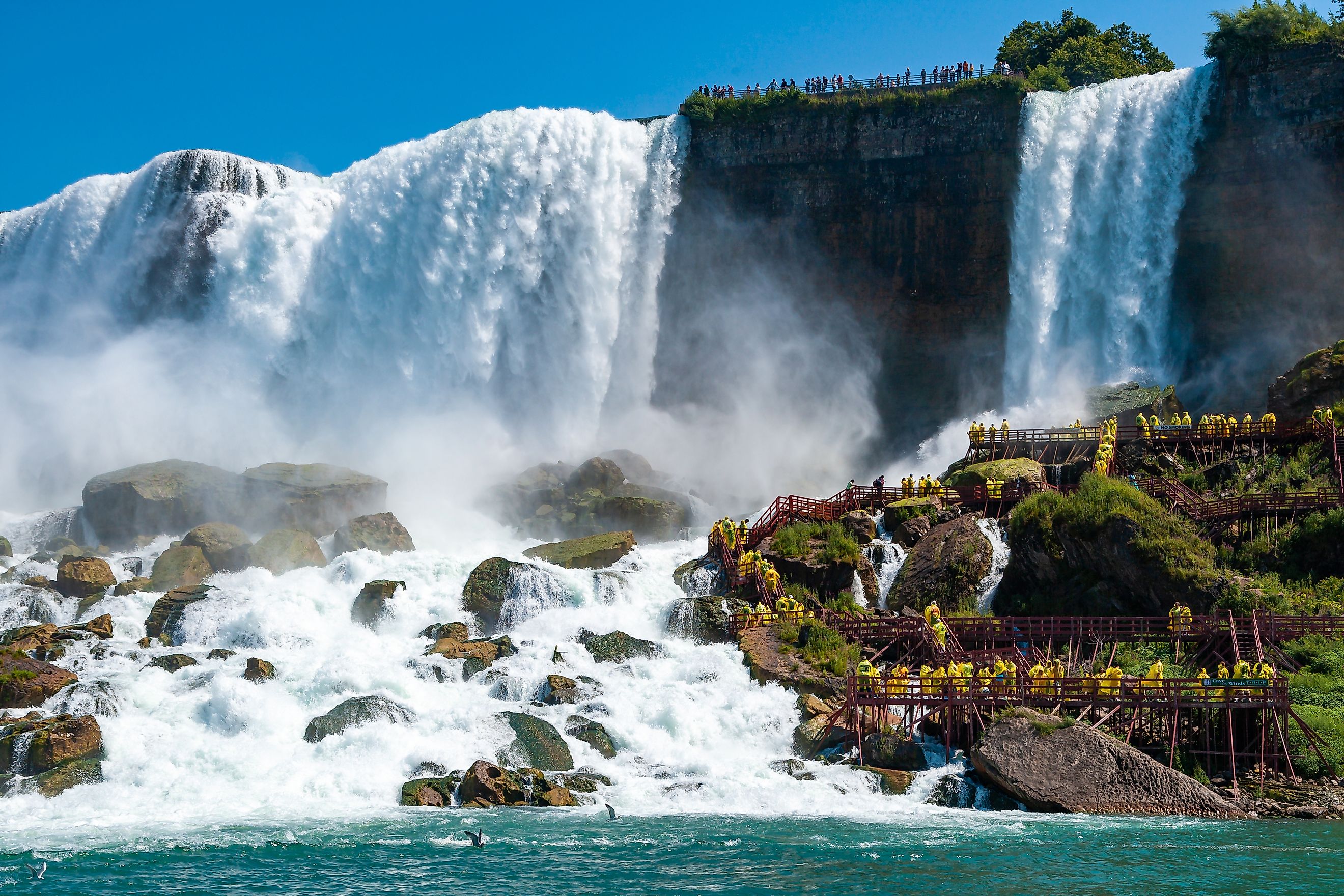
How and Why They Turned Off Niagara Falls
It’s hard to imagine a waterfall as large and powerful as Niagara Falls being reduced to less than a trickle. But, on June 9, 1969, that’s exactly what happened. Following a news story that outlined concern for the future of the falls, the US and Canada worked together to form the International Joint Commission. The commission then laid out a plan to stop one of the most powerful waterfalls in the country. Described as “one of the greatest ever feats of man–versus–nature,” the methods and efforts required for such an endeavor are impressive, to say the least.
Motives behind the 1969 decision

The motivation to “turn off Niagara Falls” came from a 1965 edition of the Niagara Gazette. The local newspaper outlined major concerns regarding the longevity of this popular tourist attraction. The article warned readers that years of erosion combined with ‘significant rockfall’ would, eventually, lead to deterioration so significant that the grand Niagara Falls would be reduced to a series of small rapids. This information alongside the newspaper's call to action led to the creation of the International Joint Commission mentioned above.
The commission’s goal was to devise a plan to reduce water flow so they could safely remove the large piles of boulders that had accumulated at the base of the falls. The boulders, also referred to as a talus were the result of previous rockfalls and were piled so high in some areas that they were nearly half the height of the America Falls.
Engineering the turn-off
So how does one go about “turning off” one of the most powerful natural waterfalls in the country? Well, as it turns out, by using tons of rocks. On June 9, 1969, under the direction of the US Army Corps of Engineers, 1,000 trucks unloaded 28,000 tons of rock to create a dam upstream from the waterfall. In total, this process took three days to complete. The dam–stretching a whopping 600 feet wide–sat between Goat Island and the falls and successfully diverted water flow to Horseshoe Falls on the Canadian side. The American Falls stayed like this, nearly dry, for six months, according to the Niagara Falls State Park website. During that time, groups of geologists and engineers got to work studying the newly exposed rock, paying particular attention to the effects of erosion. Ultimately, it was decided that removing the build-up of rocks at the base of the falls was too costly and nature was left to take its course. However, a few ‘unstable’ rocks were removed and rockfall sensors were installed to monitor potential future damage.
Waterfall restoration
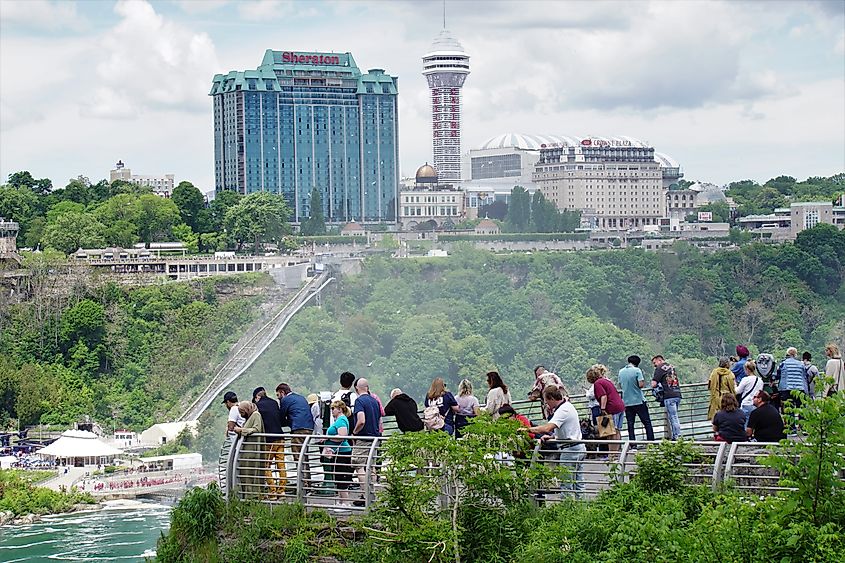
When all the research had concluded and the sensors were installed, it was finally time to let water flow freely over the American Falls once again. And on November 25, 1969, the dam was deactivated. You might think that a dried-up American Falls would have a negative impact on tourism. But, in fact, it had the opposite effect. Crowds of 100,000 or more showed up, in the first week alone, to marvel at the strange, dry rockface. Without the rushing water to distract, tourists were able to see thousands of sparkling coins that wishful visitors had thrown into the falls throughout the years. There are also unconfirmed reports suggesting that two skeletons were found at the base of the falls during this time.
Natural wonder or man-made attraction?
According to the Niagara Parks website Niagara Falls currently erodes at a rate of roughly 1 foot every year. However, with a little human intervention that rate could be reduced to 1 foot every 10 years. That said, not everyone is on board with human intervention. Since 1969 debates have sparked time and time again about leaving the falls to their own natural devices. Historian Daniel Macfarlane was quoted in Smithsonian Magazine saying that the falls in their current state are “a completely man-made and artificial cataract.” The Smithsonian article goes on to explain that, when left alone, Niagara Falls is the fastest-eroding waterfall in the world. Over the years, several efforts have been made to keep the falls looking postcard-perfect for the sake of tourism. These efforts include the time they “excavated both edges of Horseshoe Falls to create a visually pleasing crest.” In 1950, Canada and the US teamed up to divert a percentage of water from the falls into underground tunnels to help slow the rate of erosion. Eventually, a time will come when these two countries need to make an important decision; so they continue to intervene or step aside and let nature take its course?
Turning off the falls again
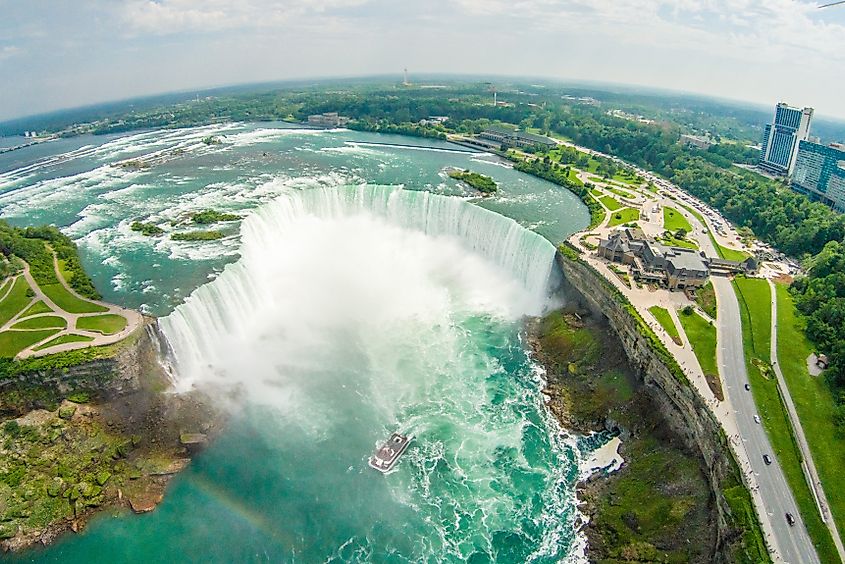
Niagara Falls Aerial skyline shot.
Back in 2016, the state of New York talked about “turning off the falls” for a second time to restore a 1911-era bridge along the South Niagara Parkway. But, the plans never came to be. In fact the bridge was finally restored and reopened in April 2024. During construction, it was not necessary to turn off the falls.
Fun facts about Niagara Falls
- According to the Niagara Falls State Park website, a horse-drawn carriage ride around the falls cost $1.00 per hour in 1885. Today, according to prices listed on visiting-niagara-falls.com a 45-minute ride will run you $107.00.
- Only one person in history has successfully shot a golf ball clear across the falls. It was Maurice Allen in 2019.
- Legend has it that black squirrels weren’t seen in Niagara Falls, New York until the first suspension bridge was built connecting the American Niagara Falls to the Canadian Niagara Falls.
- Before Goat Island was included in the Niagara Falls State Park, several famous people had plans for what to do with the land. One of the most notable ideas came from P.T. Barnum who, naturally, wanted to transform the island into a circus.
In Conclusion
Ultimately, turning off Niagara Falls in 1969 helped increase the longevity of the waterfall. And even at its rapid rate of erosion, the falls aren’t going to dry up and disappear any time soon. The Smithsonian article predicts that it will be roughly 15,000 years before the falls “will crumble and irrevocably disappear.”

